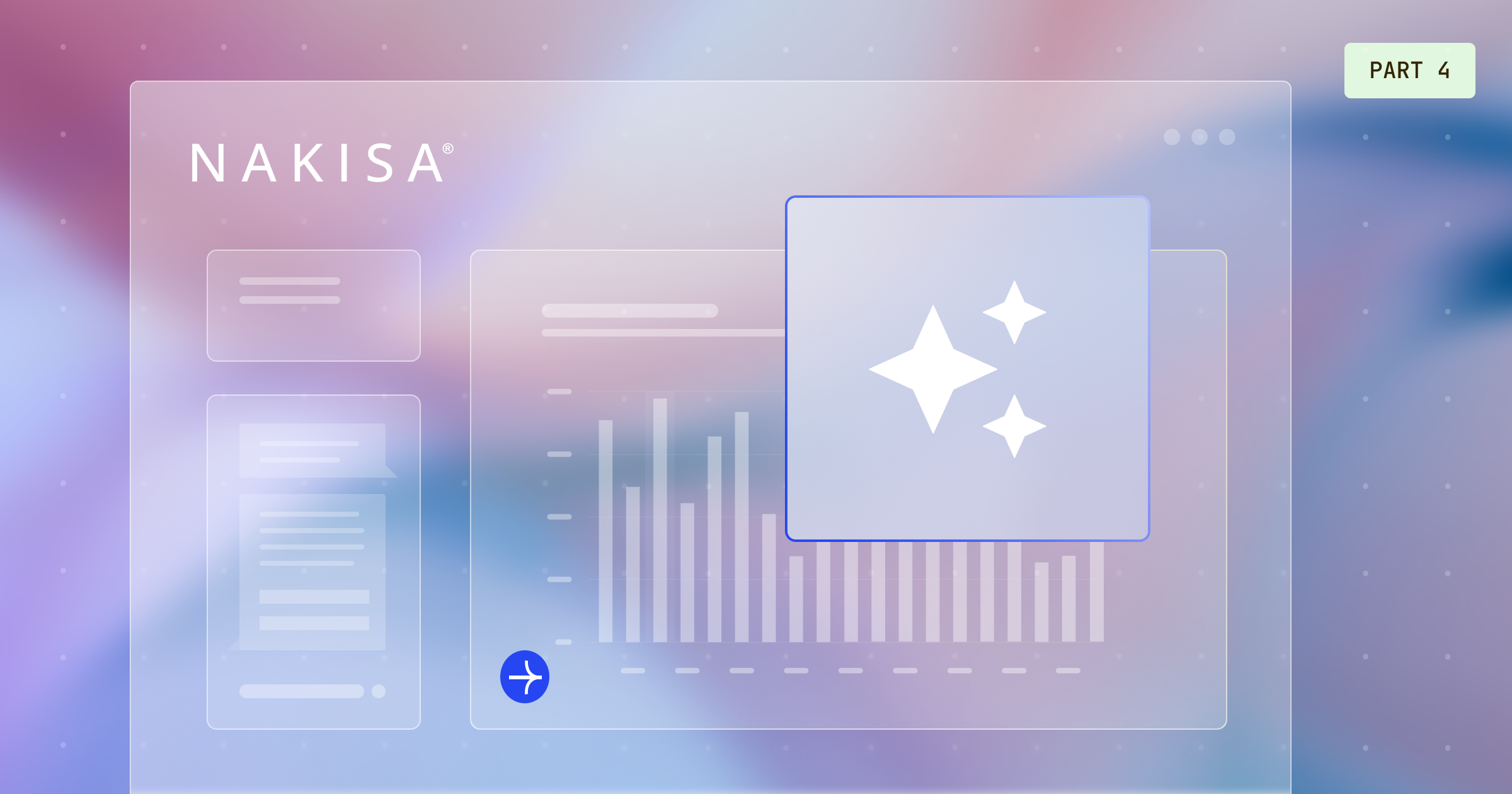One of the most talked about things these days is cloud computing, but what exactly is it? The simplest explanation is that cloud computing involves the use of remote servers hosted on the Internet to store data, process data and manage software services. There are several categories of cloud computing services such as Software as a Service (SaaS), Infrastructure as a Service (IaaS) and Platform as a Service (PaaS). In this blog post, we’ll be focusing on the SaaS model.
Software as a Service (SaaS) is a software distribution model in which a 3rd party provider hosts an application and makes it available through the Internet, removing the need for organizations to install and run applications on their own hardware.
The beauty of this model is its accessibility from anywhere around the world, all you need is a web browser! In a typical SaaS offering, the application, its associated data, and all third-party software dependencies are hosted by the company offering the SaaS service. The client, therefore, pays a flat-rate subscription fee, which covers all the costs of accessing the hosted application.
What are some of the advantages of the cloud? A big one is savings in cost. SaaS usually results in significant savings for a company's IT team, including hardware and software infrastructure costs, operational costs (i.e. power & cooling), as well as administration costs including staff. When set up properly, cloud services are highly scalable, allowing the user to add services and features and even computing hardware if the need of their organization changes due to growth or new strategic initiatives. Very low maintenance is another attractive point of the cloud as backups and bug fixes are all fully handled by the SaaS provider.
In today's reality, application innovation is quicker than ever. More often than not enterprise software updates require a Professional Services team to get involved, typically resulting in many hours of work, which translates into large invoices for the client. As a result, software updates are usually performed less frequently. But because cloud computing eliminates the need for additional resources (i.e. Professional Services), it provides clients with access to the most current feature set available, with all work being completed during planned maintenance windows.
Solutions such as NAKISA®’s HR Suite (formerly HANELLY™) leverage cloud computing to drive the organizational transformation process. Hanelly is an intuitive organizational transformation solution that powers inorganic growth strategies, designed to accelerate talent integration and mitigate talent risks by eliminating time-consuming administrative functions and allowing strategy to be the first step. As cloud computing provides convenient, on-demand network access to a set of computing resources that can be quickly provisioned by the SaaS provider – Hanelly’s cloud integration enables you to reduce costs and simplify IT management, while giving you access to the full feature set of an application quicker than you could ever think possible -- it’s the way of the future!





